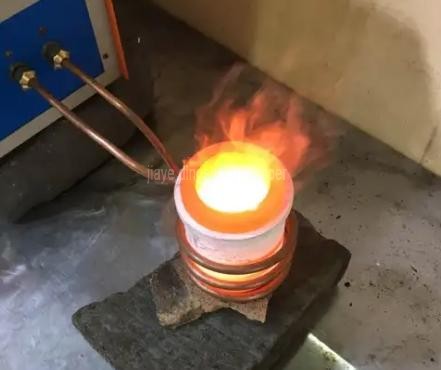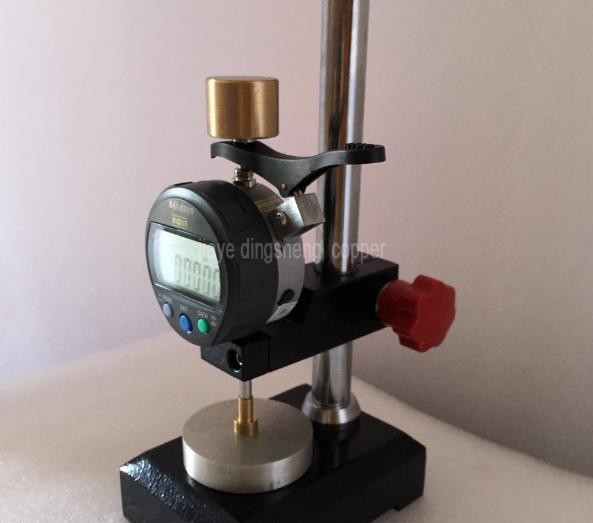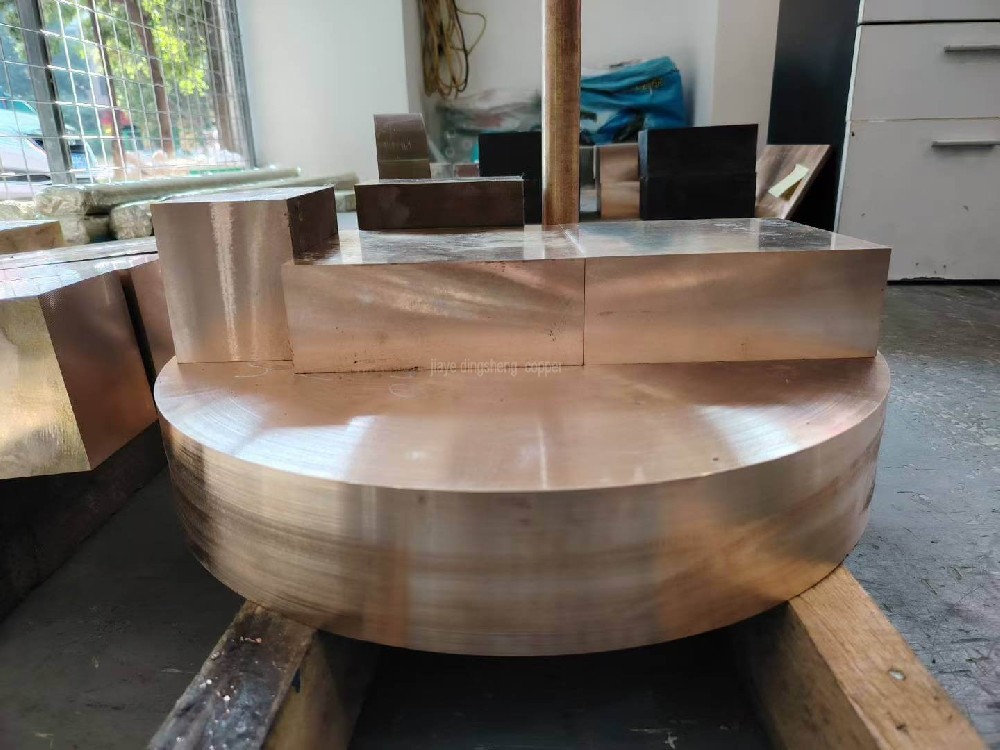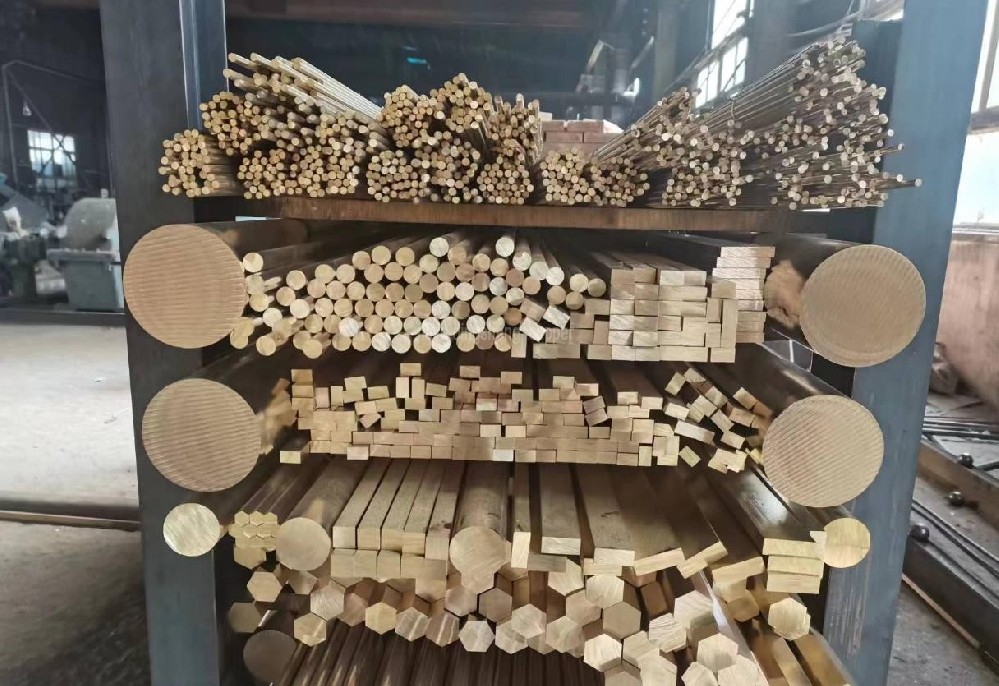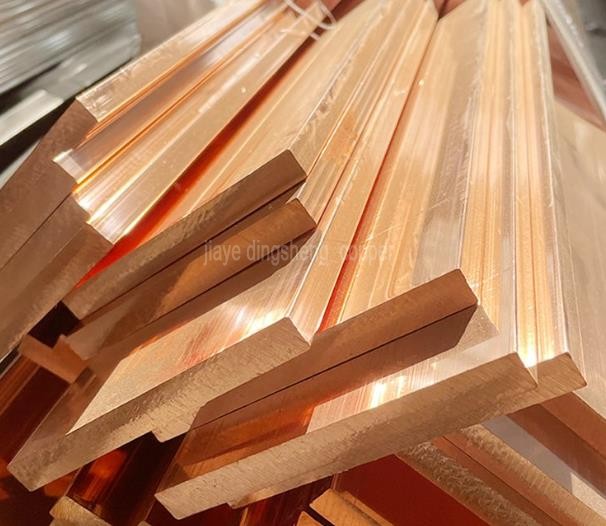Should the hardness and strength of the beryllium copper rods be enhanced during production?
In the production process of beryllium copper rods, improving hardness and strength is the key goal for optimizing material performance, which can be achieved through alloy composition design, processing technology optimization, and heat treatment. The following are the specific methods and principle analyses:

1. Alloy composition optimization
Adjust the copper-zinc ratio
Principle: The hardness and strength of beryllium copper increase with the increase of zinc content, but the plasticity will decrease. For example, H62 (containing 62% copper) has higher hardness than H59 (containing 59% copper).
Recommendation: Balance strength and plasticity according to the application. For mechanical parts, choose H62-H68, and for decorative parts, choose H59 to reduce costs.
Add alloy elements
Lead (Pb): Improves machinability, but reduces strength. Suitable for easily machinable beryllium copper (such as HPb59-1).
Selenium (Sn): Improves corrosion resistance and strength. Such as naval beryllium copper (HSn70-1).
Aluminum (Al): Significantly increases strength and hardness, but reduces plasticity. Such as aluminum beryllium copper (HA177-2).
Manganese (Mn), Nickel (Ni): Refines grains and increases strength and toughness. Such as manganese beryllium copper (HMn58-2).
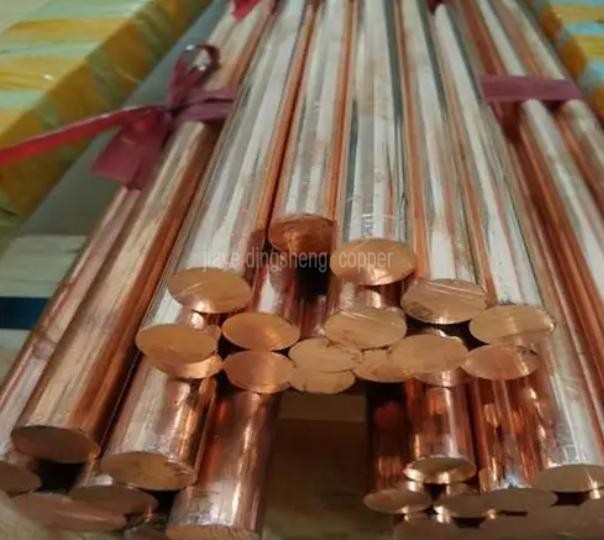
2. Processing technology optimization
Cold processing (cold drawing/cold rolling)
Principle: Through plastic deformation, dislocations are introduced to hinder grain movement, significantly increasing strength and hardness (work hardening).
Effect: The strength of cold-drawn beryllium copper rods can be increased by 30%-50%, but the plasticity will decrease.
Application: Suitable for manufacturing parts that require high strength, such as bolts and nuts.
Hot processing (forging/heat rolling)
Principle: At high temperatures, grains reorganize, eliminating internal defects, and improving density.
Effect: The strength of heat-forged beryllium copper rods is 20%-30% higher than castings, and the toughness is better.
Note: The heating temperature (700-850℃) and deformation amount need to be controlled to avoid overheating and coarse grain formation.
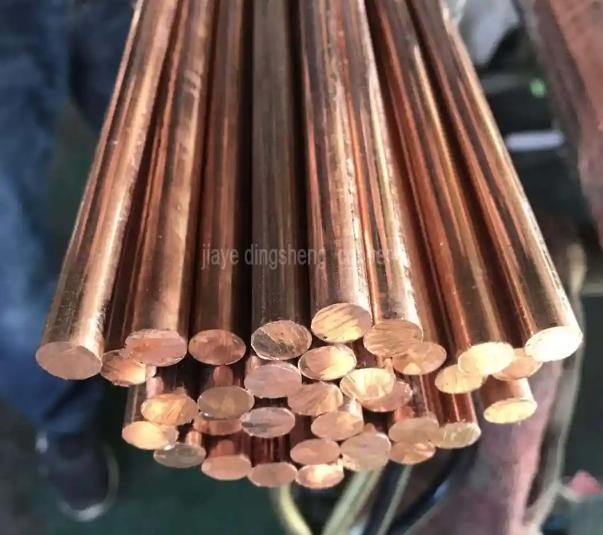
Control processing rate
High-speed processing: Rapid deformation can refine grains and increase strength, but equipment support is required.
Low-speed processing: Suitable for complex-shaped parts, but an intermediate annealing process is needed to avoid cracking.

